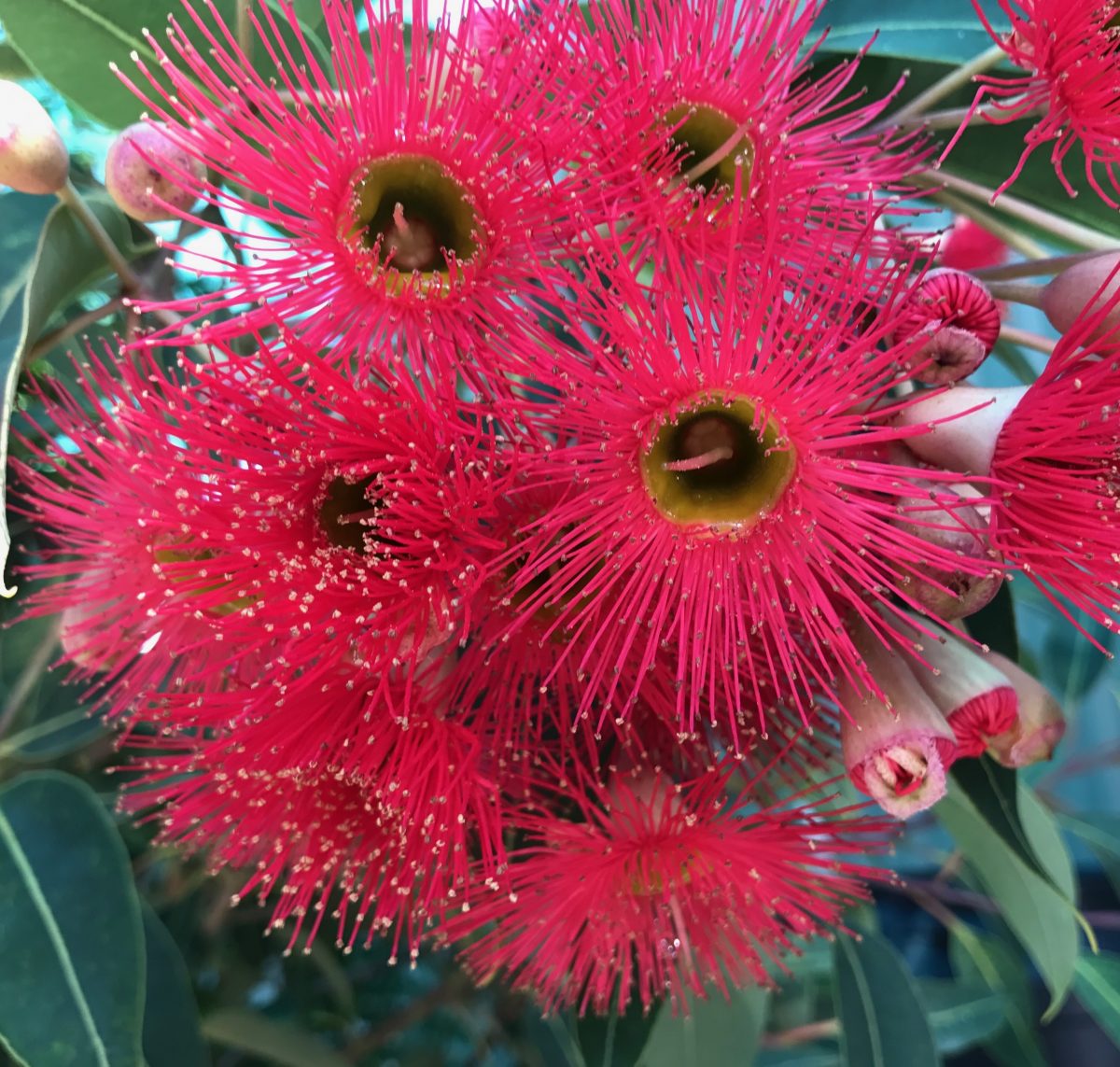Planning and preparation for planting trees in urban settings are essential elements of getting the right tree in the right place.
Planning to plant trees
Planning and preparation for planting trees in urban settings are essential elements of getting the right tree in the right place. One of the most common errors is choosing inappropriate trees in the first place. When I was just entering the nursery industry one of the darlings of the suburban garden was the Tasmanian blue gum (Eucalyptus globulus); the young foliage was such a lovely blue colour. When planted under the eaves of a house it only takes a few months to see problems about to occur as the 40 to 50 metre high tree starts to demonstrate its growth possibilities.
Deciduous versus evergreen or exotic versus local natives, which are the most appropriate? My attitude on these questions is very non-discriminatory, I see a place for all. I can layout a long list of advantages and disadvantages for each of these categories. I am very keen to promote trees that help bring our wildlife into the suburbs. There is no doubt in my mind that the superstars in this job are our local native trees. Australia is one of the toughest environments in the world for plants and animals. As a result our trees such as the Marri (Corymbia calophylla) have co-evolved with birds, insects and mammals and succeeded in bringing these locals into their canopy using honey traps such as large bright flowers with a flood of nectar. This also makes a case for retaining existing trees in landscapes as the visitations to old trees can be counted in the 10,000’s per week.
Size matters, not just the spread and height of branches above the ground but also the root systems also need attention when choosing your trees. As a general rule what you see above the ground is less than what exists under the soil. Most feeder root activity occurs in the topsoil, the surface layer not much deeper than thirty centimetres. The Water Corporation has put together a list of trees called
‘Protect Your Home – Select The Right Tree” which offers guidance on how many metres specific trees should be planted away from sewer lines.
Other avenues of advice for choosing your trees include specialist tree nurseries and retailers, garden designers as well as the Water Corporation’s online Waterwise Plant Guide.
The greatest problem you can encounter when choosing a new tree is a strangled root system. If you can’t get around this or fix it. your tree is extremely likely to be unsuccessful. One of my fellow horticulturists says “what you are really buying is the root system of a tree”. Some tree nurseries grow in carefully designed pots, which allow for air-pruning that prevent “root-binding”. This term describes a root system that tracks around the edge of the container by growing just under the surface of the pot sides and bottom. When you remove the pot you can see a mould made up of circulating roots.
Sounds like drastic surgery but for a tree from a 200mm diameter size pot and greater- it’s recommended that you take a sharp knife or even a meat cleaver and remove a 1 centimetre thick layer around the sides of the root system and 2 centimetres from the base. Buying bare root deciduous trees in winter is a good practice where this is possible is well worth doing. All the root pruning has been done for you.
How to prepare soil for a new tree. I like to see composted soil improvers used in all new plantings. I recommend digging a hole slightly larger than the root ball of your tree and making a mix of 50:50 original sand with the soil improver. Remember not to apply organic matter any deeper than 30 centimetres as it can become anaerobic beyond this depth and this means that it will be bad for the plant.
Clay soils can provide a stumbling block for tree establishment where the particular plant is unable to survive waterlogging. Many of our Western Australian trees are adapted to sandy, free draining soil and these struggle to survive planting in clay. Citrus are notoriously susceptible to root rotting diseases in poorly drained locations. For these trees, try to lift the planting depth. The most extreme example I have seen is placing the root ball on the surface and creating a mound of prepared soil to cover the roots.
If we are going to meet the need for re-greening our cities and suburbs we do need to adopt a tree-planting ethos, such as I have observed in Israel, another desert landscape similar to Perth. When they entertain a dignitary for example they don’t just plant a tree but a forest of trees. While a number of WA local government authorities have well developed tree protection regulations in position, the sobering fact is that even in these pro-tree council areas tree canopy is still declining. No matter where you live we need more trees to make WA more liveable, not just for us and the generations that follow, but also for our unique wildlife.
I would love to see a letter delivered to every ratepayer thanking him or her for taking care of the canopy or icon trees that they have on their property. As trees do have maintenance costs wouldn’t it be terrific if councils could devise a discount off rubbish collection costs for example, for those whose trees support the local community through the wide range of environmental services we can attribute to trees.

